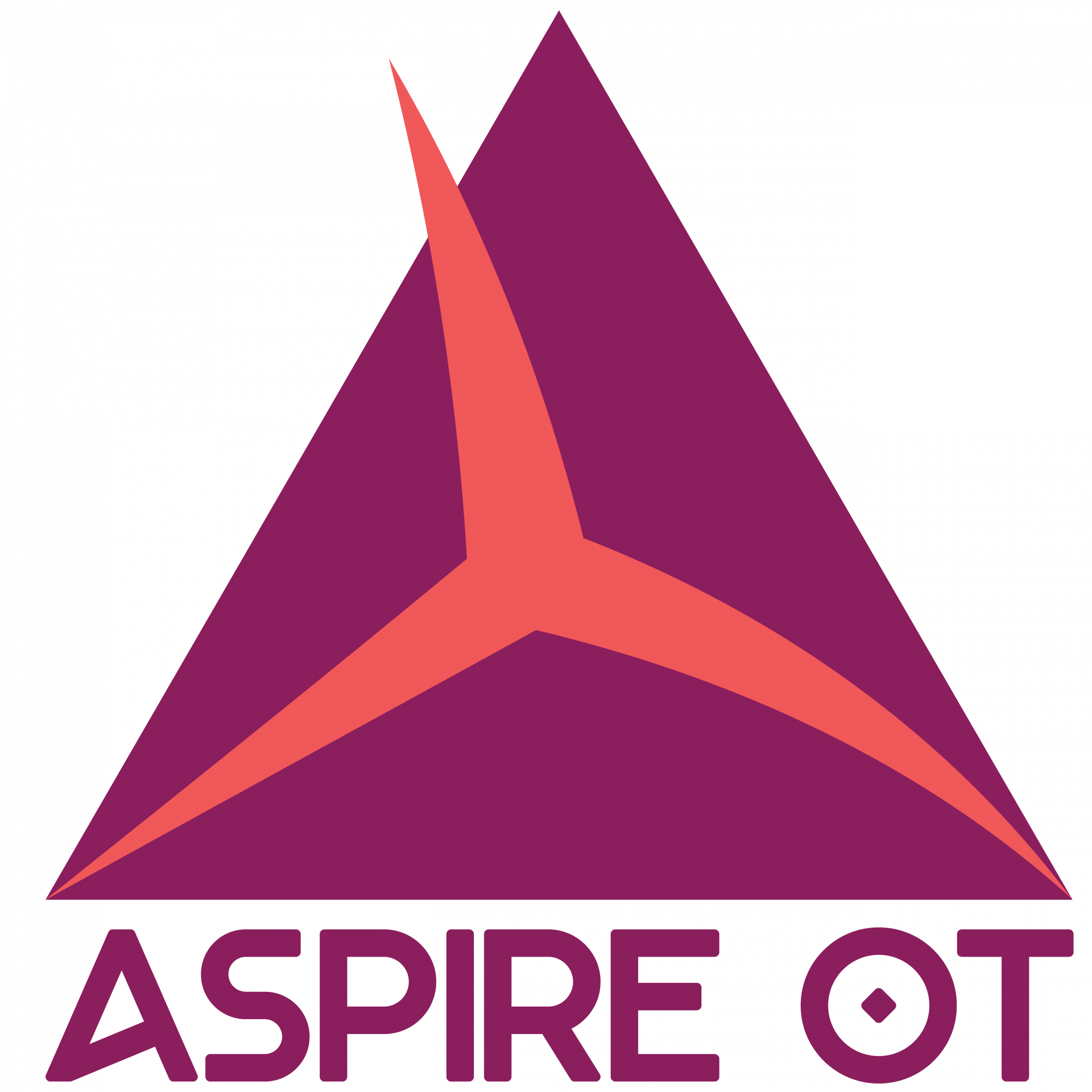The information contained in this blog is made available by Aspire OT for educational and informational purposes only. Aspire OT is not a clinical or medical authority and any information posted should not be intended as a substitute for any occupational therapy professional's clinical judgement.
The information provided should not be viewed as professional advice, but rather for the purposes of general knowledge. We present the information in an effort to assist readers in their professional efforts.
If Aspire OT, instructors, affiliates or authors make any comments or observations that are taken in offense by an individual or organization, it is not Aspire OT's intent to offend any religion or ethnic group, organization, company, club, association or any individual or anyone or anything.
Aspire OT strives to provide readers accurate information that can help them learn more about the topics covered, but Aspire OT cannot take personal or legal responsibility for how the information is used.
While all of our blogs are edited and reviewed prior to publishing, Aspire OT cannot assure readers that all of the information provided will always be accurate or up to date.
Statements on this blog reflect the author's personal opinions and do not represent the views or policies of Aspire OT, the author's employer, past or present, or any other organization with which the author or Aspire OT may be affiliated.
Aspire OT reserves the right to change any and all content contained in the Aspire OT website and any services or features offered through the site at any time without notice.



